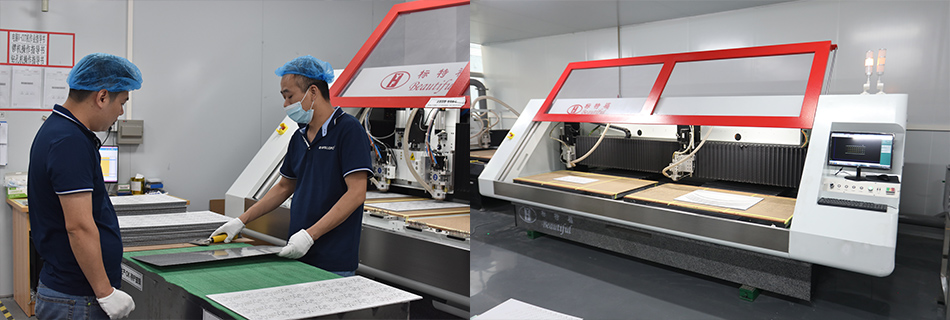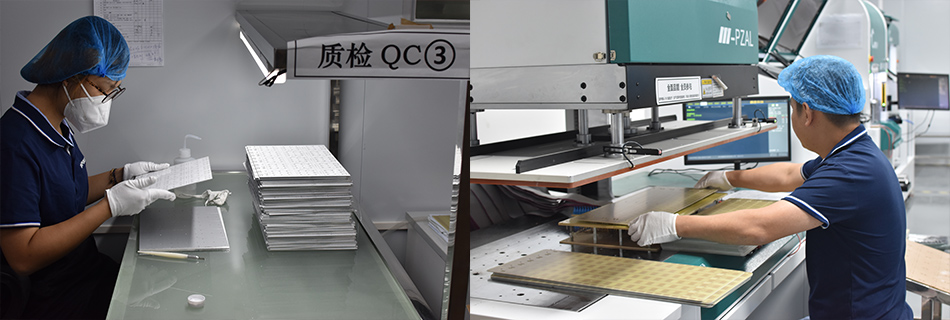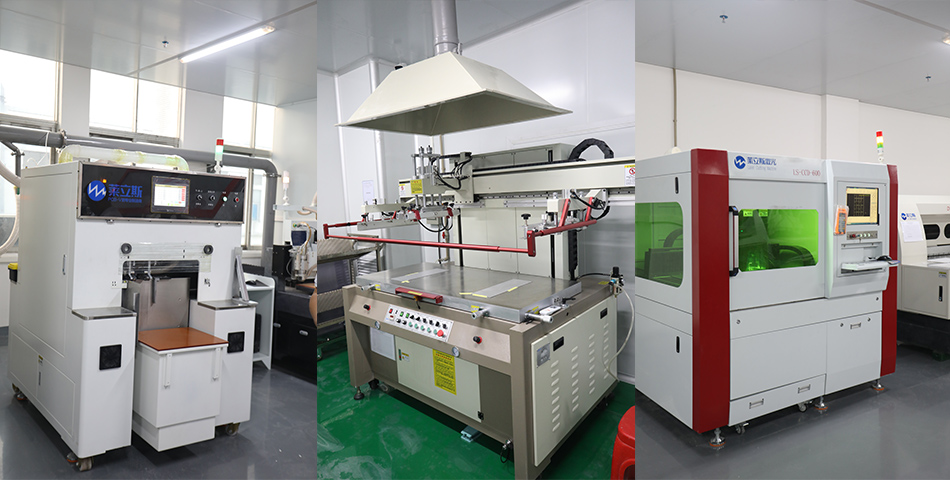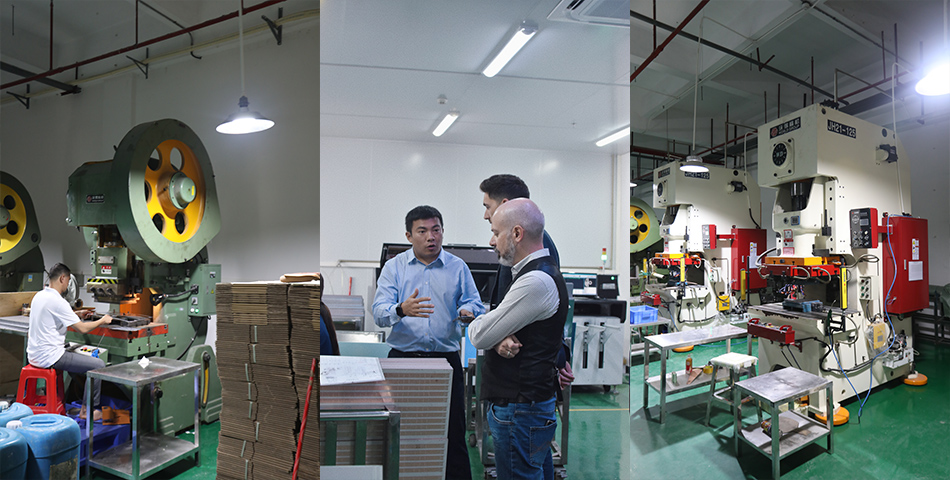-
- PCB TYPE
- PRINTED CIRCUIT BOARD PROTOTYPE ALUMINUM PRINTED CIRCUIT BOARD R&F PCB FPC HIGH FREQUENCY PCB HIGH-TG PCB HEAVY COPPER PCB HDI PCB PCB FOR LIGHTING METAL CORE PCB
time:Sep 23. 2025, 14:51:18
In today's fast-paced technological world, high-speed PCB design techniques are more important than ever. They play a crucial role in ensuring electronic devices perform efficiently and reliably. If you're involved in electronics design or production, understanding these techniques can give you a significant edge. In this article, we'll delve into the advantages of high-speed PCB design and why they're becoming indispensable.
High-speed PCB design refers to the process of designing printed circuit boards (PCBs) that can handle high-frequency signals effectively. This involves special considerations around the board layout, materials used, and the overall design to ensure signal integrity at high speeds.
In the world of electronics, speed is paramount. Devices are getting faster, more efficient, and more complex. High-speed PCBs are essential for supporting the increased data rates and frequencies these devices require. Without them, devices would experience significant signal loss, interference, and other performance issues.

One of the primary benefits of high-speed PCB design is improved signal integrity. At high speeds, signals are more susceptible to distortion and interference. High-speed design techniques help minimize these issues by optimizing trace layouts, reducing electromagnetic interference (EMI), and ensuring stable voltage levels. This results in clearer, more reliable signal transmission.
High-speed PCBs are designed to support rapid data transfer rates. This is crucial for applications such as telecommunications, where large amounts of data need to be transmitted quickly and without error. By using high-speed design techniques, you can ensure your device meets these demanding requirements.
Improved Performance in High-Frequency Applications
High-frequency PCBs require special design considerations to handle the rapid oscillations of high-frequency signals. High-speed PCB design techniques help manage these frequencies by carefully planning the layout and using appropriate materials. This ensures that the board can handle the demands of high-frequency applications without degrading performance.

Designing a high-speed PCB involves several specialized techniques to ensure optimal performance. Here are some of the most critical ones:
Controlling impedance is essential in high-speed PCB design. Impedance mismatches can cause signal reflections, leading to data errors. By carefully designing trace widths and spacing, and choosing the right materials, you can maintain consistent impedance throughout the board.
Crosstalk occurs when a signal in one trace interferes with a signal in another. This is a common issue in high-speed designs due to the close proximity of traces. Techniques such as increasing trace spacing, using differential pairs, and incorporating ground planes can help minimize crosstalk.
The arrangement of layers in a PCB, known as the stackup, affects the board's electrical performance. Optimizing the stackup helps control impedance, reduce EMI, and improve thermal management. It's crucial to balance the number of signal layers with power and ground planes to achieve optimal performance.
Vias are used to connect different layers of a PCB. However, they can introduce impedance discontinuities and signal reflections. Minimizing the number of vias and placing them strategically can help reduce these issues, improving signal integrity.

High-speed PCB design techniques are essential in a variety of applications, including:
Telecommunications: High-speed PCBs are vital for managing the rapid data transfer rates required in telecommunications equipment.
Consumer Electronics: Devices like smartphones and tablets rely on high-speed PCBs for fast processing and efficient power management.
Automotive Electronics: Modern vehicles use high-speed PCBs to handle complex systems like advanced driver-assistance systems (ADAS) and infotainment systems.
Medical Devices: High-speed PCBs are critical in medical devices that require precise, real-time data processing, such as diagnostic equipment.

While high-speed PCB design offers numerous benefits, it also presents challenges. Engineers must carefully balance performance with cost, manufacturability, and reliability. Some common challenges include:
High-speed circuits generate more heat, which can affect performance and longevity. Effective thermal management solutions, such as thermal vias and heatsinks, are essential to dissipate heat and maintain optimal operating conditions.
High-speed PCBs often require more expensive materials and advanced manufacturing processes. Engineers must consider the cost-benefit ratio and find ways to optimize designs without compromising performance.
The complexity of high-speed PCB designs can be daunting. Engineers need to use advanced simulation tools and stay up-to-date with the latest design practices to ensure success.
High-speed PCB design techniques are crucial for developing modern electronic devices that meet today's performance and reliability standards. By focusing on signal integrity, data transmission speed, and high-frequency performance, these techniques enable devices to operate efficiently in various demanding applications. Despite the challenges, the advantages they offer make high-speed PCB design an indispensable part of the electronics industry.
Incorporating these techniques into your design process will not only improve your products' performance but also ensure they remain competitive in the ever-evolving tech landscape.

Got project ready to assembly? Contact us: info@apollopcb.com



We're not around but we still want to hear from you! Leave us a note:

Leave Message to APOLLOPCB
